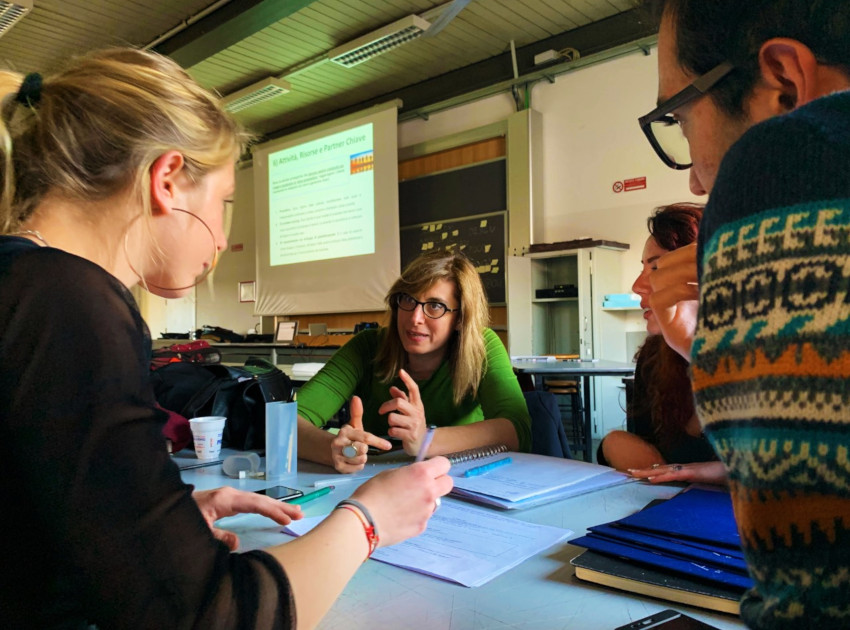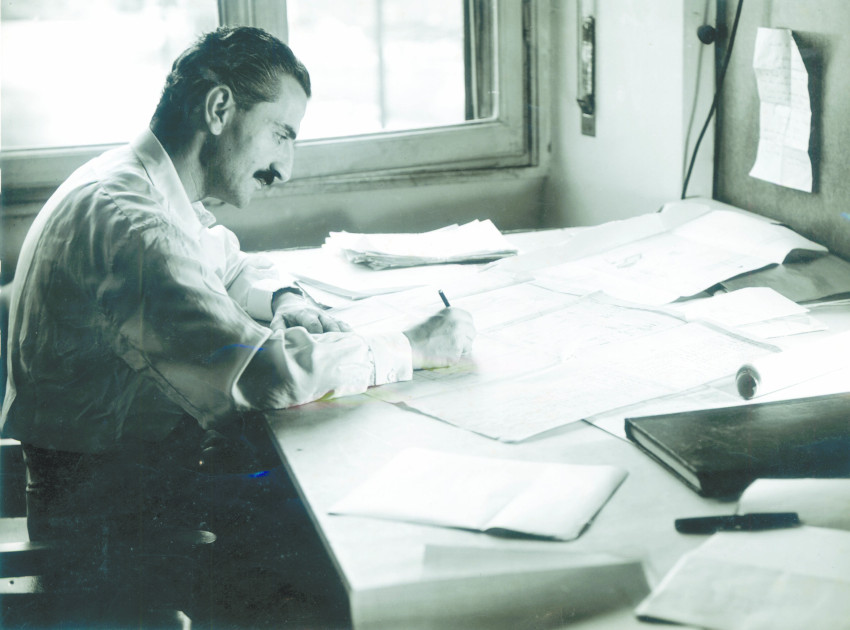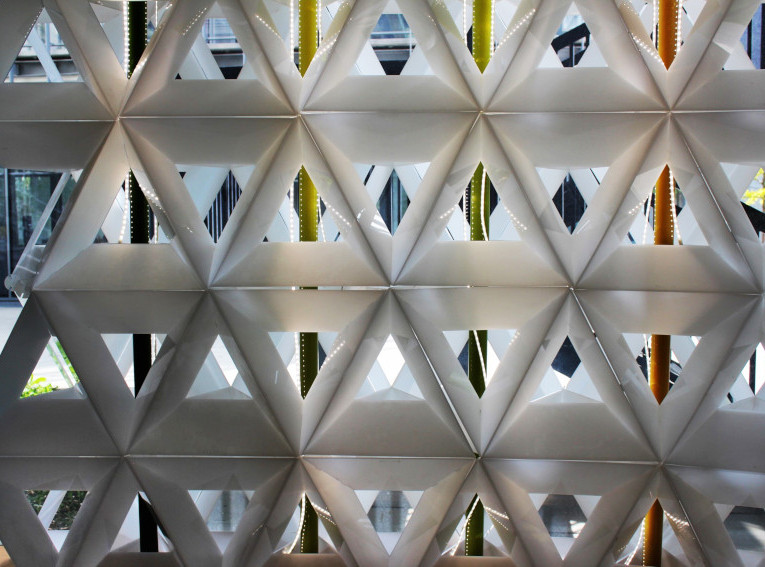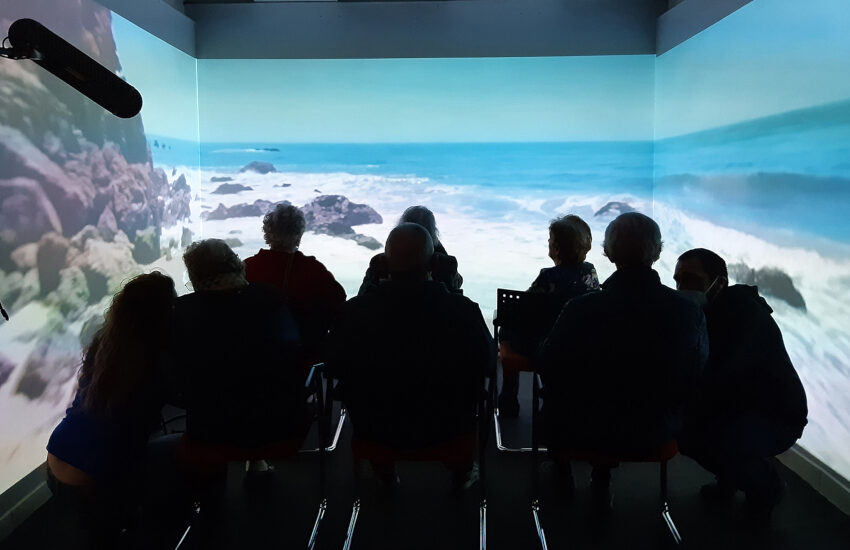It is, indeed an incredible fact that what the human mind, at its deepest and most profound, perceives as beautiful finds its realization in external nature… What is intelligible is also beautiful.
These are the words of Subrahmanyan Chandrasekhar, Nobel Prize in Physics in 1983 for his studies on the processes involved in defining the structure of stars and in their evolution. But the tireless mind of ‘Chandra’, as he was affectionately called, was also passionate about literature, art and the philosophy of science.
His lectures collected in the volume Truth and Beauty: Aesthetics and Motivations in Science offer considerable reflection on one of the areas that most engaged him during his life as a scientist. He reflects on the motivations behind him devoting himself to work as a researcher, which include precisely the search for beauty in science and its significance.
Whilst science can be defined as a way to understand the world and its beauty, engineering, architecture and design can similarly be conceived as ways of changing the world to make it more beautiful.
This is precisely the job of the researchers whose stories we tell in this new episode of Frontiere.
The journey of this issue starts in the outskirts of our cities, together with Elena Granata. We continue with Alessandro Biamonti, driving a special train for special people. We will meet Struna, the kit for growing microalgae invented at the Politecnico. The next stop is at La.ST, where we test the safety of our vehicle. A leap into the future with the latest Voci di Frontiere with autonomous vehicles and high performance computing, then looking back to the past with Carlo De Carli, the great architect and designer from Politecnico.

Beauty in places and in the people who live there
The passion conveyed by Elena Granata when she talks to us about where she carries out her research is so strong that we can imagine that we were there with her. As she herself says during our chat: intellectual curiosity has been the driving force behind her entire professional career. Her objective is understanding how people live, improving the world and making it more liveable through architecture.
It is precisely for this reason that she defines herself, with a neologism, a placemaker: an inventor of places, initiator of change that starts with the communities, of which she takes charge in an ethically responsible manner, understanding how to start from the problems to find the solutions. Regenerating and reinventing: bringing nature back to where it had been lost.
Voci di Frontiere – Autonomous vehicles and high performance computing
Artificial intelligence meets mechanics: thus is created a great opportunity for autonomous vehicles. Cars that communicate with sensorized infrastructures for safe driving. We talked about this and the importance of related research with Francesco Braghin, professor of Autonomous Vehicles at the Politecnico.
High performance computing offers a competitive advantage in the development of new applications, accelerating the analysis of large amounts of data and the execution of increasingly complex and sophisticated artificial intelligence algorithms. Then, what is quantum and how does it work? Cristina Silvano, professor of Advanced computer architectures, tells us about it.
Design as a therapy for Alzheimer’s
When we went to visit Alessandro Biamonti at the School of Design, we really didn’t know what to expect from what had been described to us as a therapeutic habitat. But when we found ourselves immersed in a town square, on a train travelling through wheat fields or at the seaside, it was immediately clear to us how these images could revive familiar experiences.
In the habitat, the strictly physical dimension gives way to intangible perceptual and sensory elements. The therapeutic relevance of the context starts precisely from the different sensations aroused in us by the environment. These mechanisms are partly cultural or experience-related and partly anthropological, which, in the case of elderly people with Alzheimer’s, can have a crucial impact on their response to treatment.

PHOTO NEWS
Who is Carlo De Carli, after whom our new lecture hall on Campus Bovisa Candiani is named? He was our Dean of Architecture in the warm years up to 1968, but above all he made an incisive mark on Italian design and architecture from the post-war period to the early 1970s. His thought always focused on the individual, in constant pursuit of new forms to restore the gusto and renew the trends of Italy at that time.
We offer you a portrait of this great polytechnic figure, punctuated by the evocative images of his works, which take us back to the golden age of our design.
In the La.ST to test vehicle safety components
Do you know that your car could also contain the experience of our researchers? In fact, one of the sections of La.S.T.–the Transport Safety Laboratory–deals with improving the active safety of vehicles; not only cars, but also motorcycles, bicycles and aircraft. To test driveability and stability, the laboratory measures, even at very high speeds, the various components and sub-assemblies: from inertial properties, to the limits of wheel grip and traction and braking systems.
Giampiero Mastinu and Massimiliano Gobbi guide us on a journey through their world.

A modular kit for growing microalgae at home and improving the environment
Is it possible to improve the environment in which we live and reduce CO2 emissions at the same time? This is the goal of Struna, a modular kit for the installation of bioreactors for cultivating microalgae, developed and patented by MaBa.SAPERLab.
Microalgae have good air filtering properties, and unlike plants, they work 24 hours a day in all seasons. They are also used in the food and pharmaceutical industries, and future developments foresee agricultural applications, heat generation and wastewater treatment.
We explain how the kit works, which consists of a modular structure and an integrated system made up of bioreactors for cultivation.

